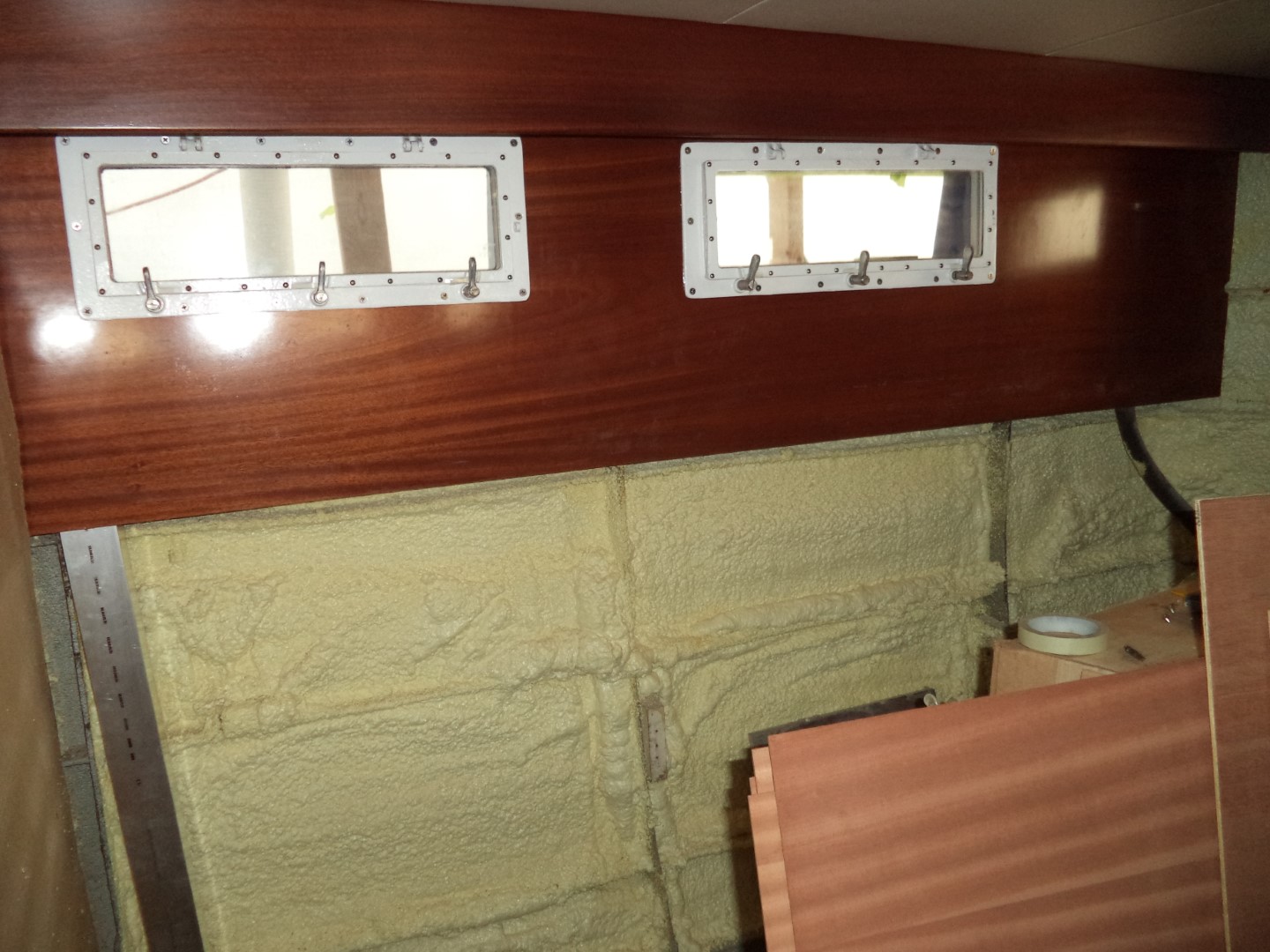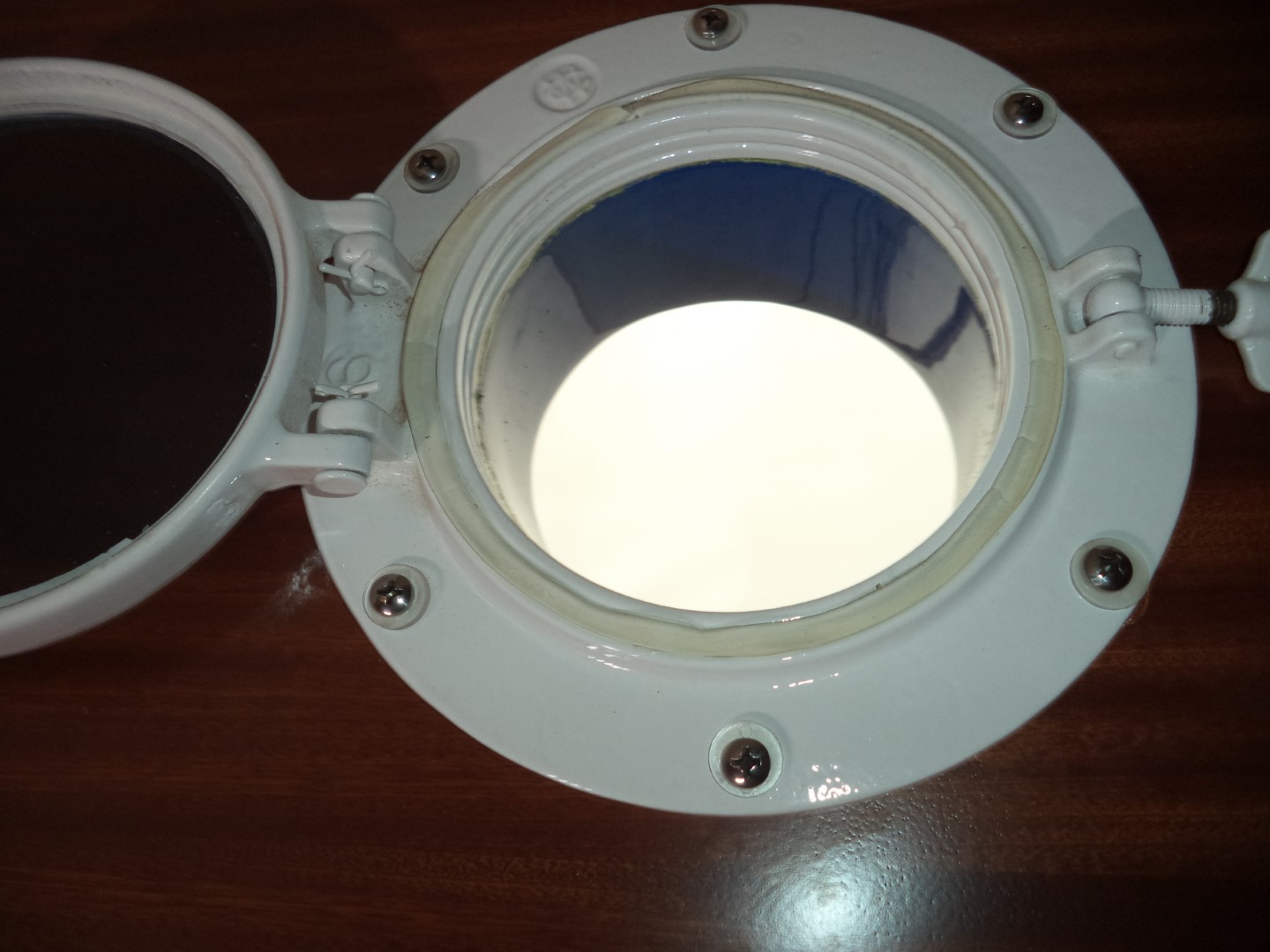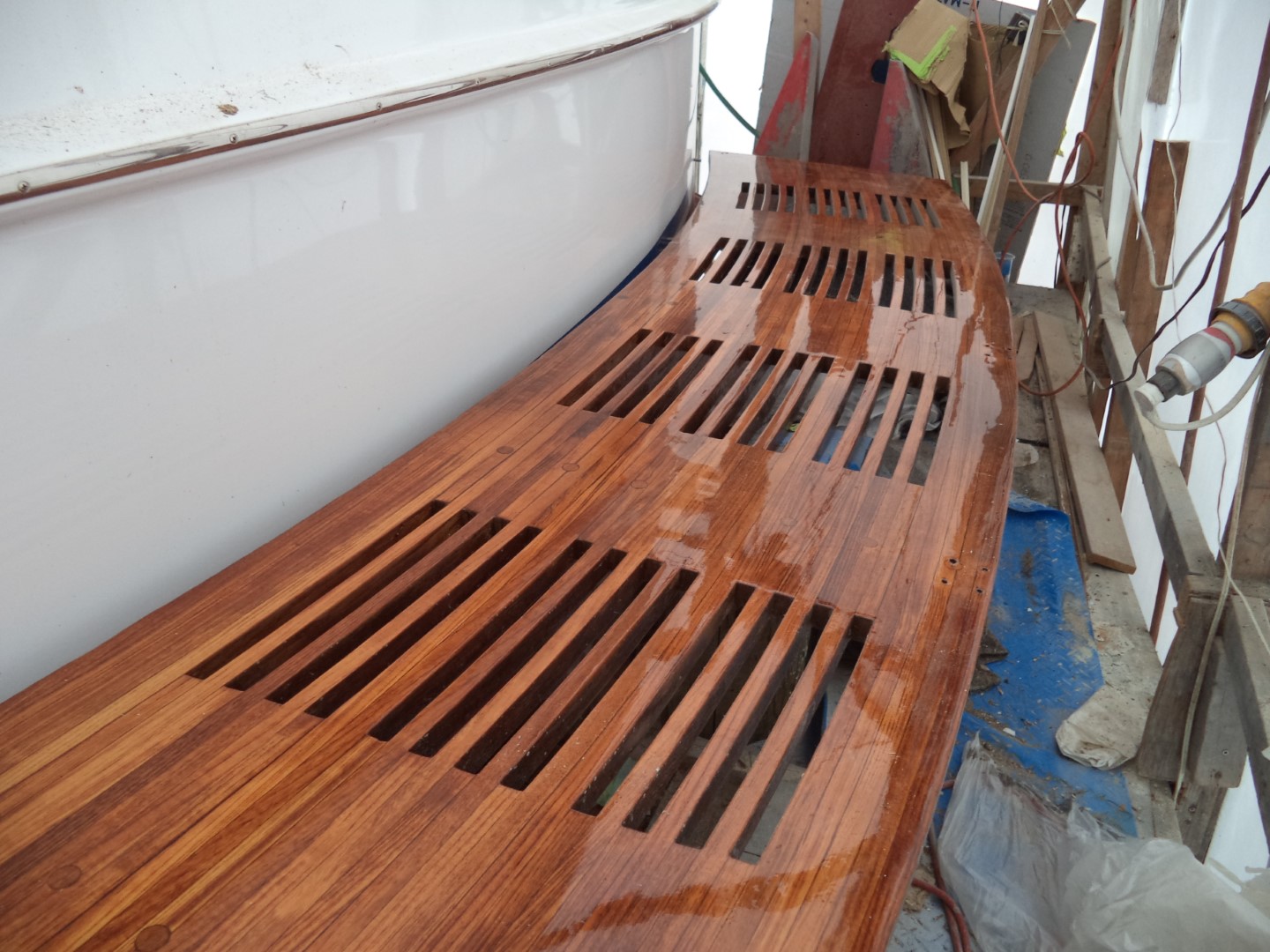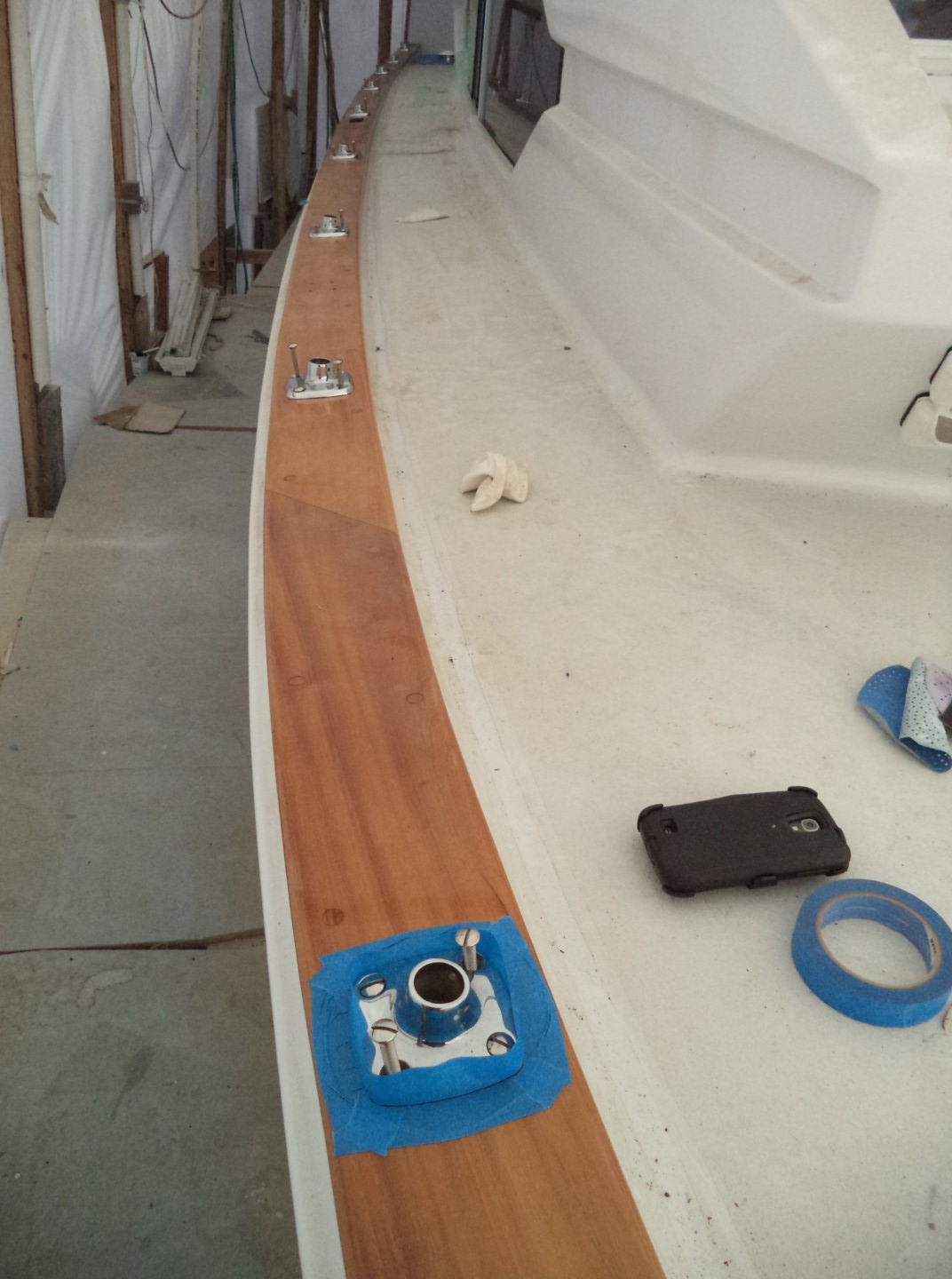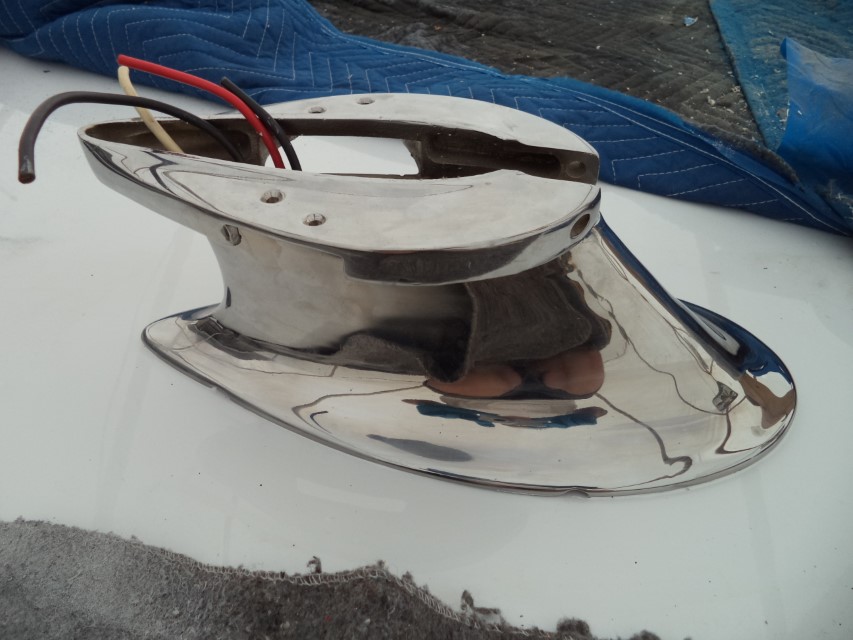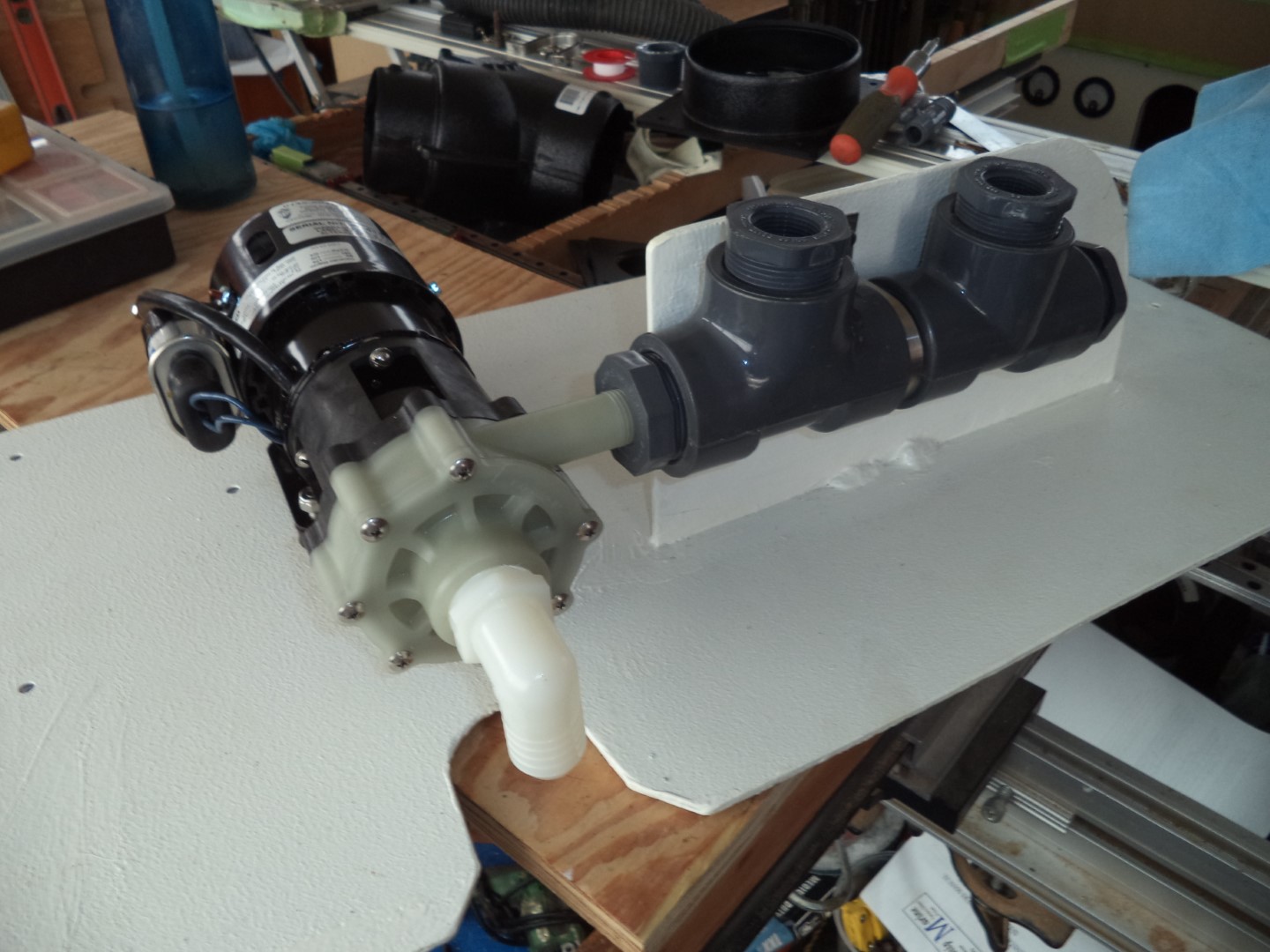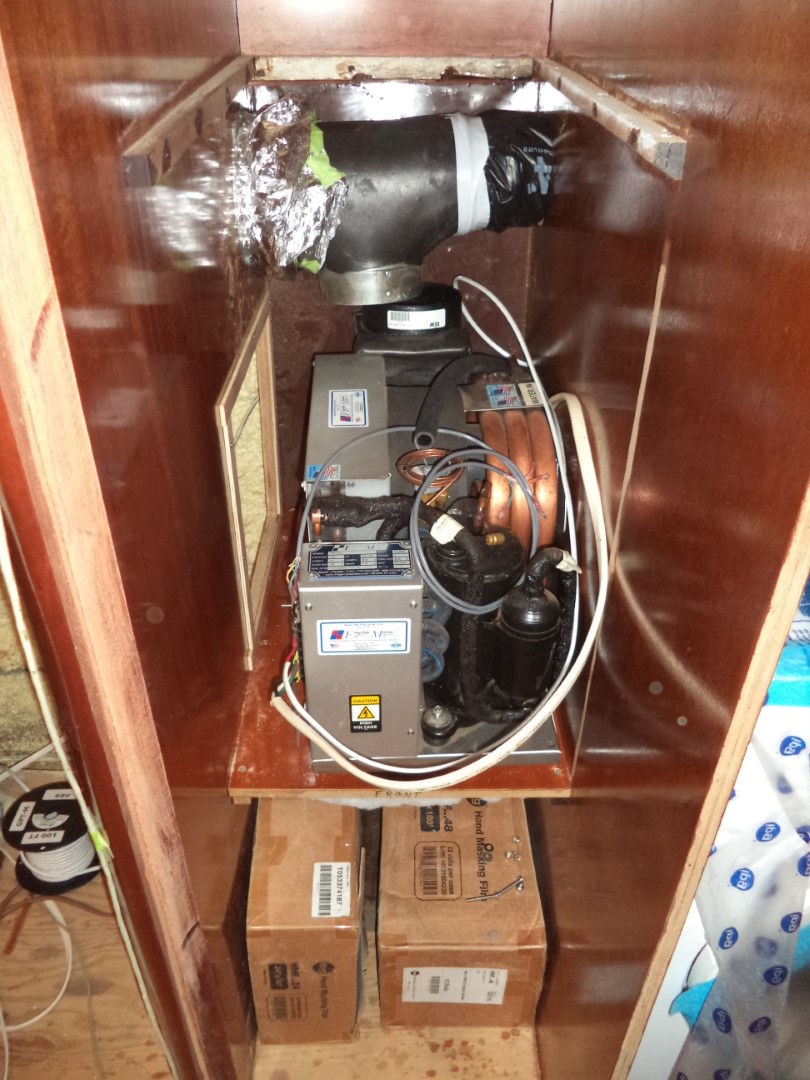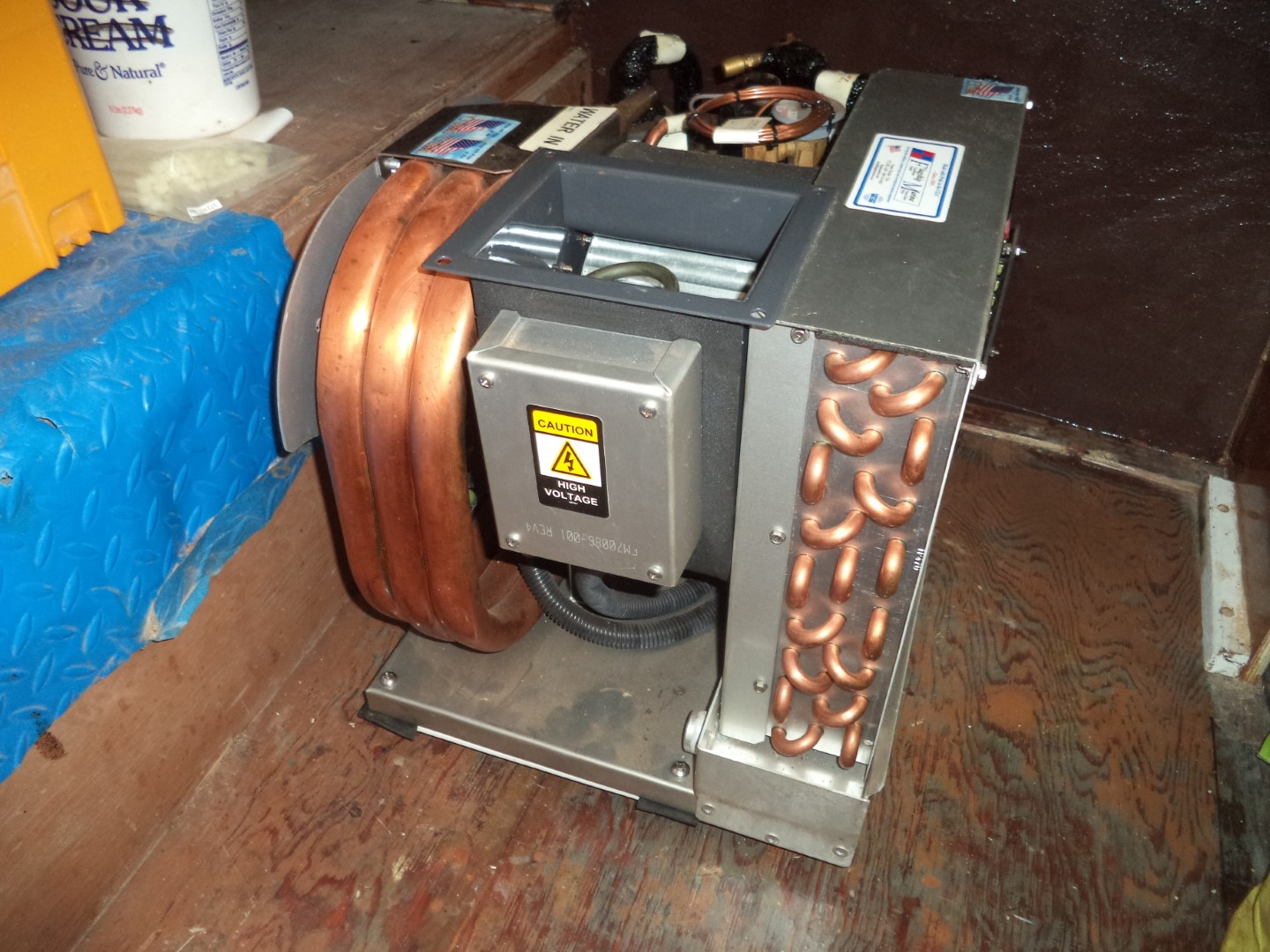jim rosenthal
Super Moderator
- Joined
- Apr 12, 2005
- Messages
- 11,050
- Hatteras Model
- 36' CONVERTIBLE-Series I (1969 -1977)
This is an amazing piece of work, the vent tubes. Beautiful.
I have Isspro tachs, four of them, on my boat. Worked perfectly right out of the box. Isspro items in cars, too.
I have Isspro tachs, four of them, on my boat. Worked perfectly right out of the box. Isspro items in cars, too.

